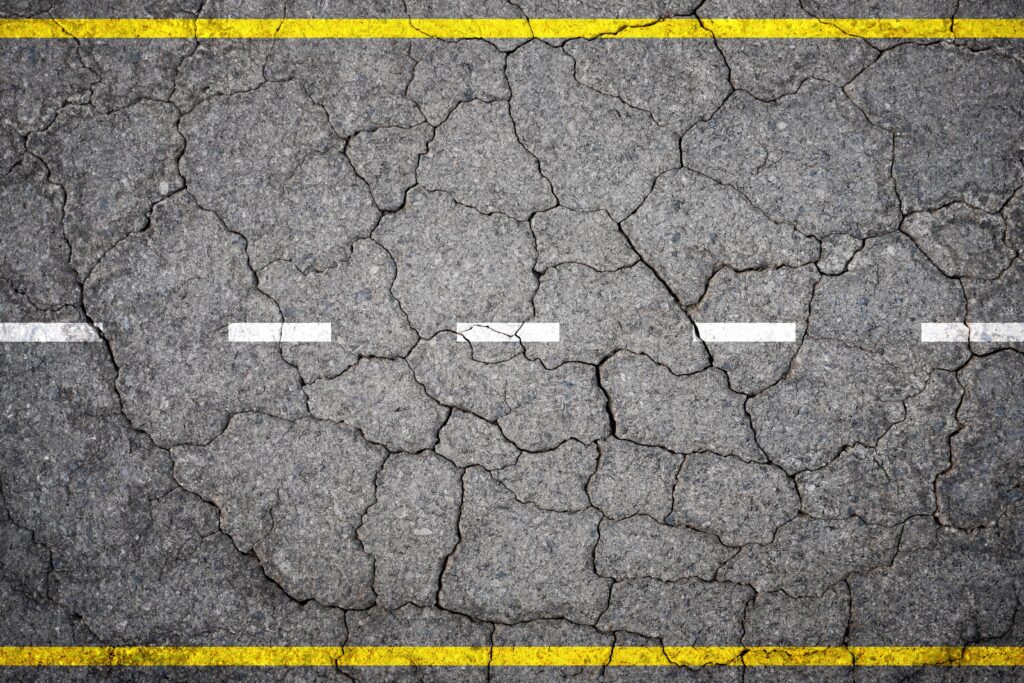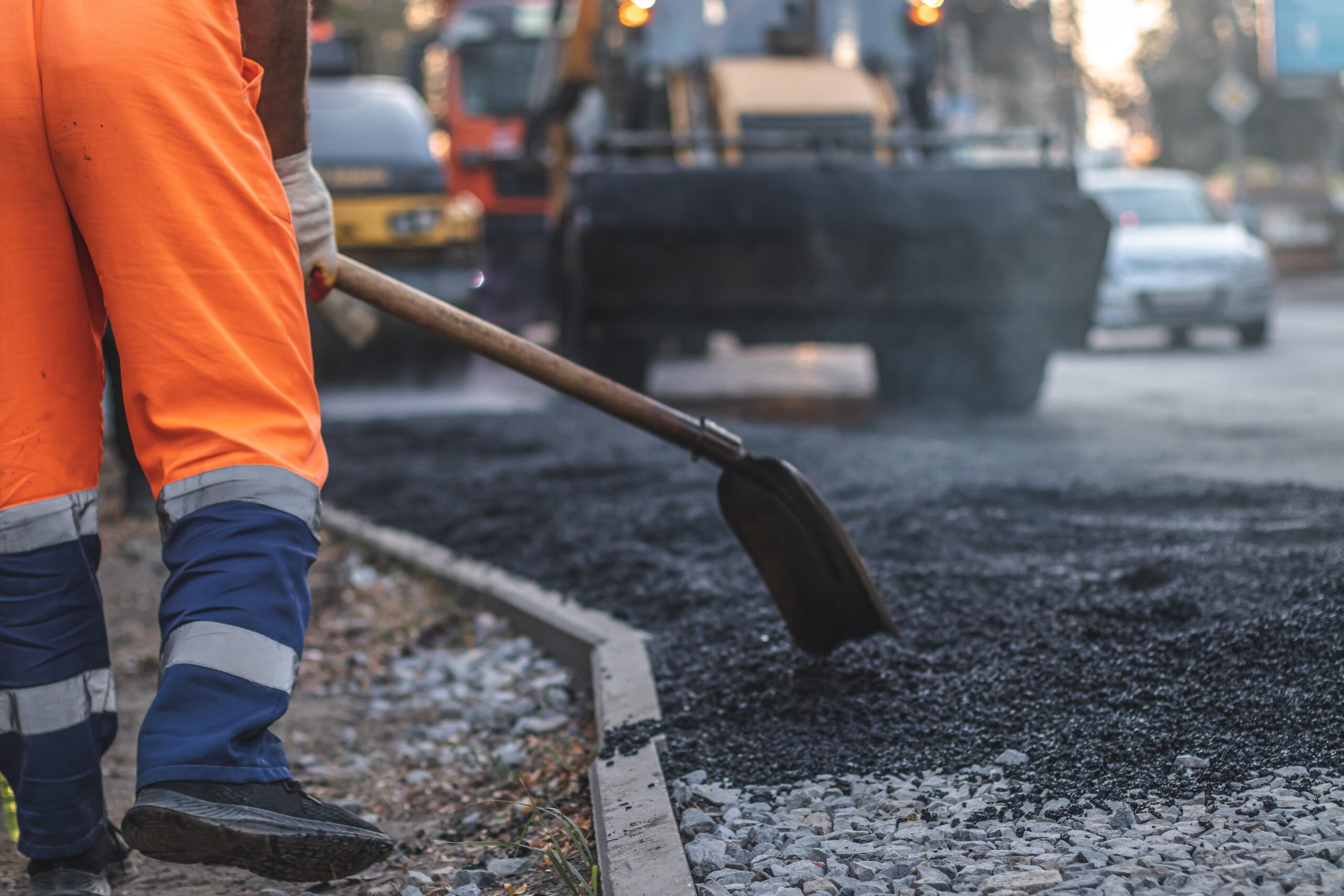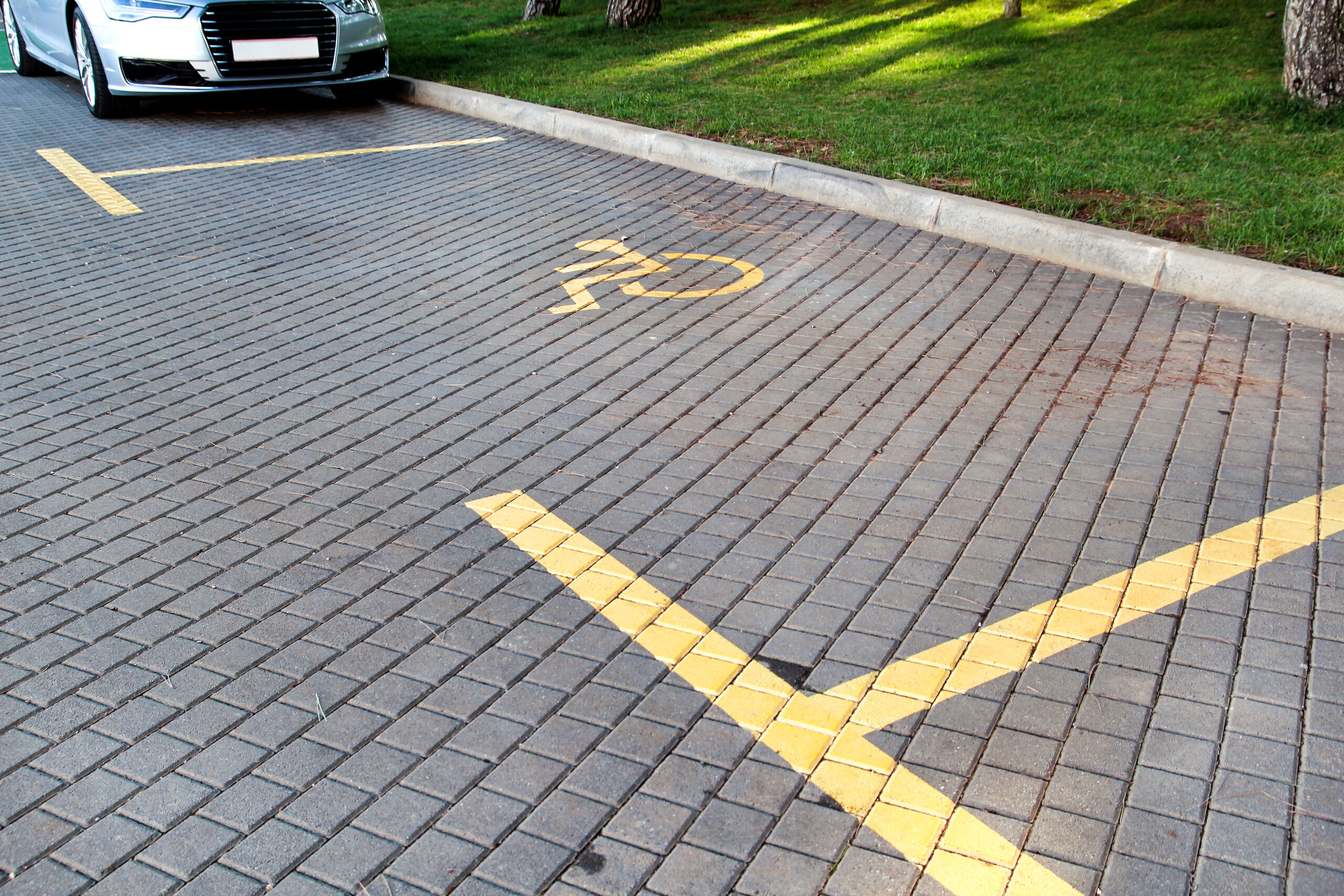
Cracked asphalt frustrates property owners, facility managers, and municipalities alike. Small cracks quickly turn into potholes, safety hazards, and costly repairs when left untreated. Regular asphalt crack sealing is the simple and cost-effective solution. By sealing cracks early, you extend pavement life, reduce repair costs, prevent water damage, and maintain curb appeal, saving thousands over time.
Let’s understand why crack sealing matters, how it works and costs, and why it’s one of the smartest pavement maintenance strategies.
Why Do Asphalt Cracks Form?
Asphalt cracks form when the pavement is exposed to constant stress from traffic, weather, and environmental conditions. Temperature fluctuations cause the surface to expand and contract, creating small fissures.
Ultraviolet (UV) radiation degrades the asphalt binder, weakening its ability to hold aggregate together. Water seeps into cracks, eroding the base layer and creating voids. Heavy vehicles like delivery trucks apply additional stress, while freeze-thaw cycles in cold regions make cracks widen rapidly. Without proactive care, these small cracks spread across the surface, accelerating asphalt failure.
What Is Asphalt Crack Sealing?
Asphalt crack sealing is a preventive maintenance process designed to stop cracks from growing. Crews start by cleaning debris and moisture from cracks using compressed air or heat lances. A hot-pour or cold-pour rubberized sealant is then applied, filling the crack and bonding to the asphalt’s edges.
This flexible sealant moves with the pavement during temperature swings, maintaining a watertight seal. Crack sealing is different from crack filling, which uses less durable materials and is considered a temporary fix. A proper sealing job typically lasts 3 to 5 years, depending on traffic and weather conditions, and helps extend the life of the pavement surface through effective crack sealing prevention.
The Top Cost Benefits of Crack Sealing
Below are the cost benefits of crack sealing:
1. Extends Pavement Life
Crack sealing is proven to extend asphalt pavement life by 3 to 7 years. By sealing cracks early, you block water infiltration, which is the number one cause of base layer failure.
This added protection delays expensive resurfacing or full-depth reconstruction, helping you maximize the return on your original paving investment. Pavement preservation studies show that routine crack sealing combined with sealcoating and patching can double the lifespan of a typical asphalt surface, saving thousands over its lifecycle.
2. Reduces Repair Costs
Routine crack sealing is one of the most cost-effective maintenance practices. Sealing typically costs $1–$3 per linear foot, while repairing potholes or alligator cracks can cost $4–$12 per square foot.
Neglected cracks allow water to weaken the pavement base, eventually requiring expensive patching, overlays, or reconstruction. By sealing cracks early, you avoid structural failures that can cost tens of thousands of dollars to repair, especially in commercial parking lots or municipal roads where heavy vehicles amplify damage.
3. Protects Against Water Damage
Water is the biggest threat to asphalt pavement. Crack sealing creates a flexible, waterproof barrier that prevents rain, snow, and ice from penetrating the surface.
Without sealing, water erodes the base and subgrade, leading to frost heave, potholes, and surface collapse. In regions with heavy rainfall or freeze-thaw cycles, the damage accelerates even faster. Crack sealing helps protect your asphalt from these environmental stresses, maintaining its structural integrity and extending its lifespan.
4. Improves Safety and Appearance
Sealed asphalt not only lasts longer but also looks better and performs better. Sealed cracks eliminate tripping hazards for pedestrians and create a smoother surface for vehicles.
This reduces liability risks for property owners, HOAs, and municipalities, particularly in public areas like parking lots, sidewalks, and roadways. In addition, a freshly sealed surface improves curb appeal, making commercial properties more inviting to customers and increasing overall property value.
5. Maximizes ROI on Pavement Investments
Asphalt paving in Colorado is a significant capital expense, often costing $3–$7 per square foot. Regular crack sealing preserves that investment by preventing deterioration before it requires expensive rehabilitation.
Industry studies show that every $1 spent on preventive maintenance, like crack sealing, saves $4–$10 in future repairs. This high return on investment makes crack sealing an essential part of any pavement management plan, whether you manage a commercial center, residential community, or public infrastructure.
How Often Should You Seal Cracks?
Experts recommend sealing asphalt cracks every 2 to 3 years, depending on climate and traffic conditions. Regular inspections are essential to identify and treat cracks before they spread, as highlighted in the crack sealing schedule.
Spring and fall are the best seasons sealing since temperatures are mild, ensuring proper sealant bonding. Address cracks wider than 1/8 inch immediately, as they pose the greatest risk for water infiltration. High-traffic areas like commercial parking lots should be inspected annually, while low-traffic areas may need less frequent treatment.
What Are the Best Materials for Crack Sealing?
Choosing the right sealant is critical for long-term success. Hot-applied rubberized sealant is the industry standard for highways and heavy-duty pavements because it remains flexible and durable under extreme stress.
Cold-pour sealants are more suitable for light-duty applications, such as residential driveways or pathways, and are easier for DIY use. Fiber-reinforced sealants add extra strength and durability, making them ideal for wide or heavily trafficked cracks. Always use materials designed for your local climate, as temperature extremes can affect performance.
Common Mistakes That Increase Costs
Many property owners make costly mistakes when crack sealing. The most common error is delaying repairs, which allows cracks to widen and require more extensive patching later.
Skipping proper surface preparation is another major issue; cracks must be thoroughly cleaned and dried to ensure sealant adhesion. Using the wrong type of sealant or applying it in the wrong weather conditions can also reduce durability. Regular inspections and professional installation help avoid these pitfalls and protect your investment.
Environmental and Sustainability Benefits
Crack sealing supports environmental sustainability by extending pavement life and reducing material consumption. Every ton of asphalt saved through maintenance reduces the need for raw aggregates, bitumen, and fuel used in production and transport.
Fewer repairs also mean less construction debris and lower landfill use. Additionally, preventing potholes reduces vehicle damage and fuel waste, contributing to lower carbon emissions. Sustainable pavement management starts with simple steps like crack sealing, making it both a smart and eco-friendly choice.
Frequently Asked Questions
Why is crack sealing more cost-effective than resurfacing?
Crack sealing costs a fraction of resurfacing because it targets early-stage damage. By sealing cracks before water infiltrates, you prevent base failure and potholes, avoiding expensive repairs. This extends pavement life and maximizes the return on your initial paving investment.
How often should commercial properties schedule crack sealing?
Commercial properties should schedule crack sealing every 2–3 years or after annual pavement inspections. Heavy traffic accelerates wear, making proactive maintenance essential. Regular sealing prevents small cracks from turning into large, costly structural failures.
Can crack sealing improve parking lot safety?
Yes, crack sealing improves safety by eliminating trip hazards and creating a smoother driving surface. It reduces the risk of slips, trips, and falls in pedestrian areas and helps maintain proper drainage, preventing puddles and ice buildup.
What’s the best time of year to seal asphalt cracks?
Spring and fall are the best seasons for crack sealing because moderate temperatures allow sealant to bond properly. Avoid extreme heat or freezing conditions, as these reduce sealant performance and lifespan.
Does crack sealing offer environmental benefits?
Yes, crack sealing reduces the need for raw materials and lowers landfill waste by extending pavement life. It also cuts down on fuel use and carbon emissions by reducing heavy equipment repairs and minimizing traffic disruptions.
Save Money and Protect Your Pavement with Regular Crack Sealing
Regular asphalt crack sealing delivers major cost savings, extends pavement life, protects against water damage, improves safety, and boosts curb appeal. Whether managing a commercial facility, residential neighborhood, or municipal road system, crack sealing is the foundation of effective pavement maintenance. For expert crack sealing services and a free pavement assessment, contact Asphalt Coating Company today and safeguard your asphalt investment.


